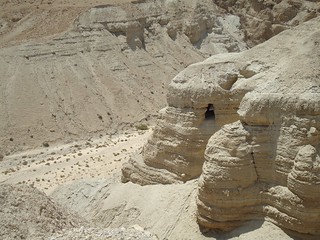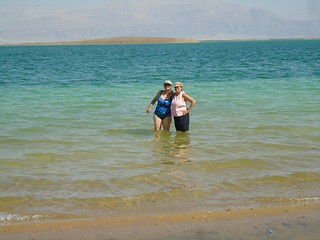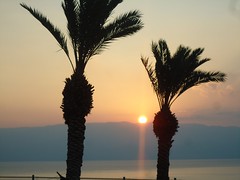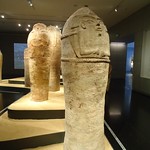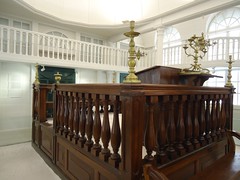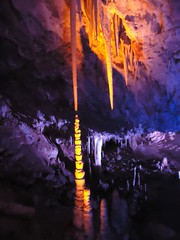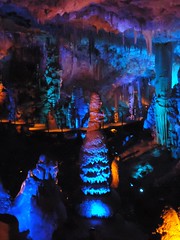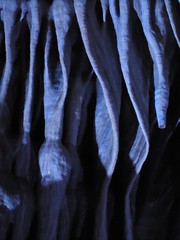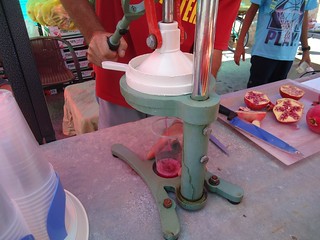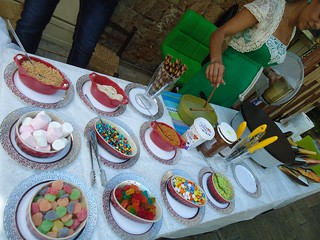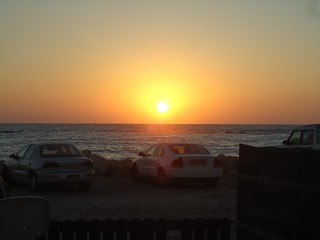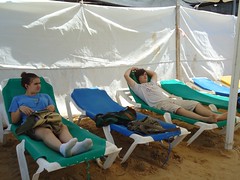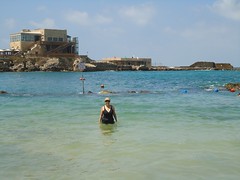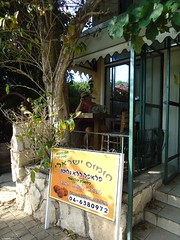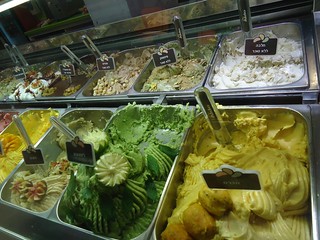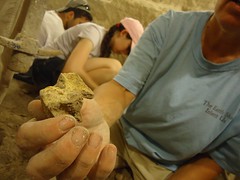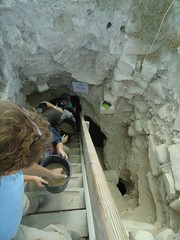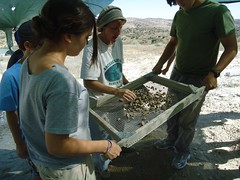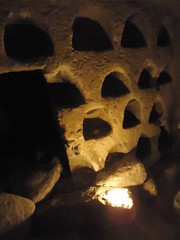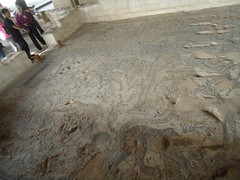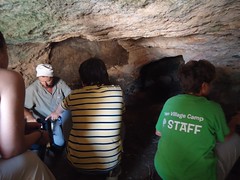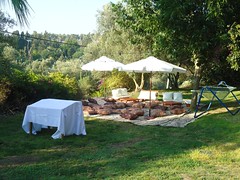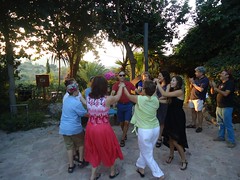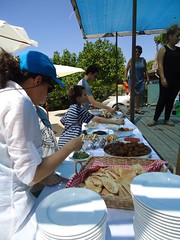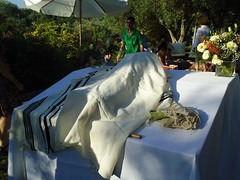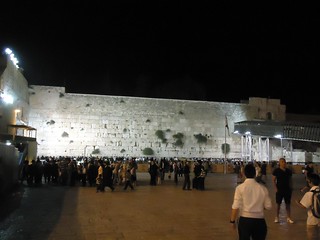 We set out for a three-week trip to Israel loaded with a rented local cell phone, our iPad, a rented mobile wifi device, and our trusty Garmin. This post is meant for people traveling to Israel and desiring to lead themselves around and not get (too) lost.
We set out for a three-week trip to Israel loaded with a rented local cell phone, our iPad, a rented mobile wifi device, and our trusty Garmin. This post is meant for people traveling to Israel and desiring to lead themselves around and not get (too) lost.If you have a car GPS, load it with maps for Israel before you leave. The maps on our Garmin were fine, it's just that there can often be five ways to spell a word that is translated from the Hebrew. So, that's why we also used...an iPad.
Our iPad has 3G but we were advised to not use it while in Israel. What we did bring along was a mifi hotspot, rented from TravelCell. This little unit (shown above in the lower right corner) picks up cell towers to give you wireless connection. And cell service everywhere in Israel was perfect. While driving, we had the iPad frequently on with one of several map apps (shown to the left). This double tech effort helped to minimize getting too far off the path and we could check email and websites along the way.
Another tool we rented in advance, also from TravelCell, was a cell phone. We got a phone that we could use to call local Israeli numbers yet also call numbers in the U.S. I don't think it was all that expensive. TravelCell sent us the cell phone and mifi device before we left on our trip and once we returned we sent it back to them.

One more thing, a helpful app when in Israel was the Converter+ app. The sheckles-to-dollars conversion was hard for my head to figure out so this was great, especially when we were trying to figure out the cost of overnight accommodations.

